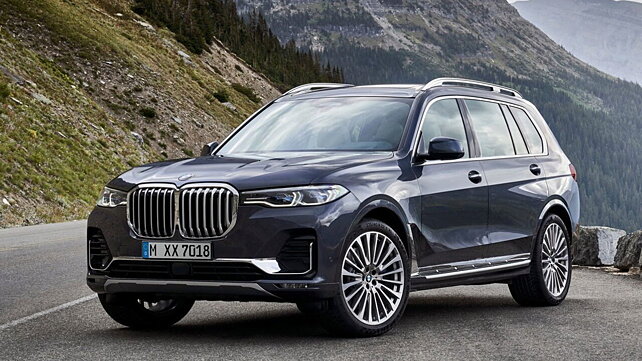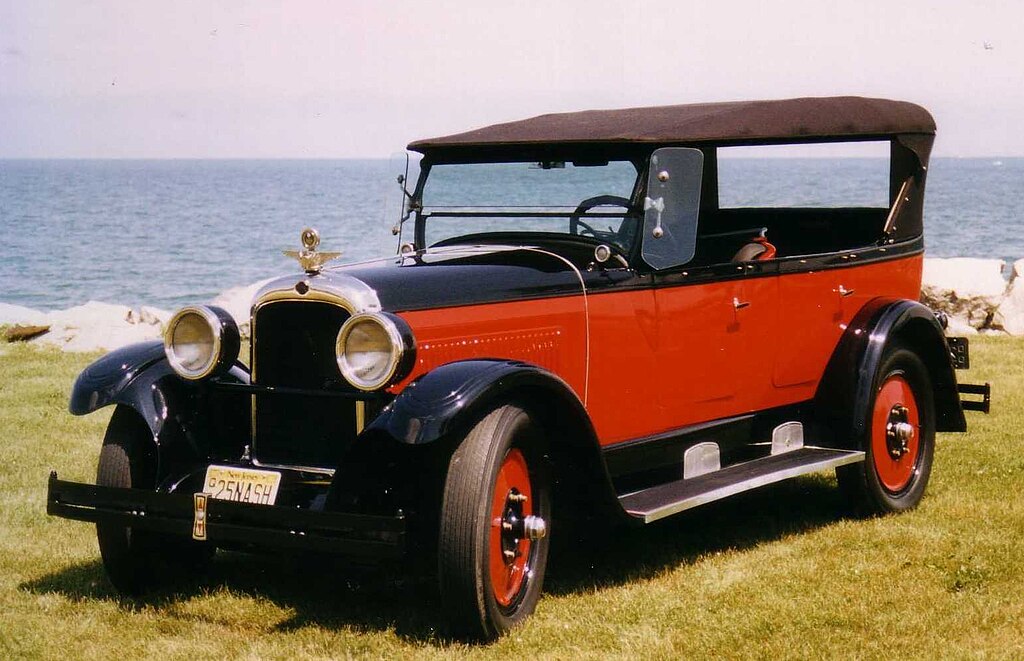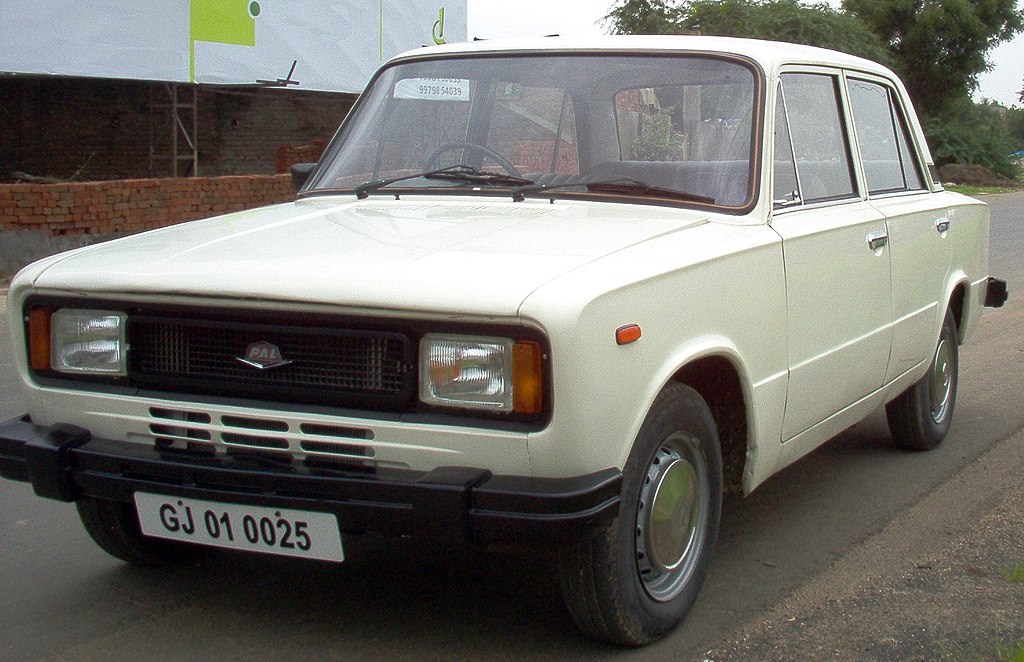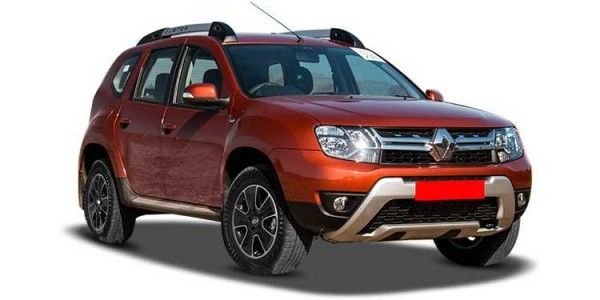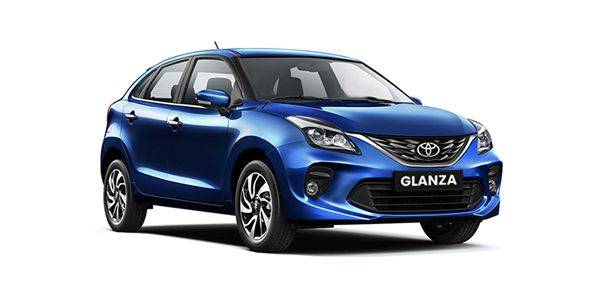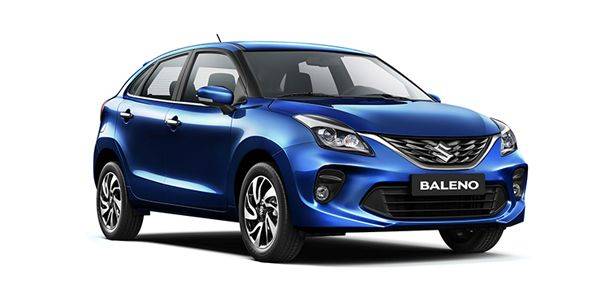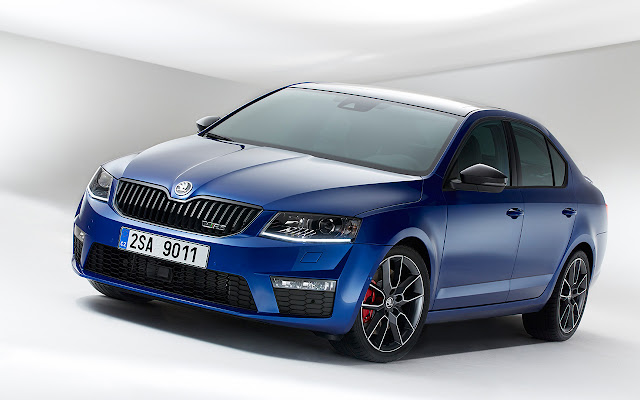What does 178 brake horsepower from
an engine the size smaller than amount your car takes in engine oil? What does
a 0-100 time of sub 8 seconds sound like? What does feature called sport mode
sound? All this can be achieved by taking your family of 4 and their luggage in
the boot. Confused? So was I. Then I was told the price. With prices ranging
from 15 lacs to 25 lacs, a car can achieve so much? I was in utter confusion as
to what was going on…
Until I was introduced to the brand new Skoda Octavia 1.8 TSi.
Boy oh boy! My prayers have been answered!
See, I am
an avid lover of fast sedans. The fact that you can take your family, their
luggage and still set a hilariously fast time on the nearest racetrack is
simply astonishing. And this car ticks all the right boxes for me. And the best
part, you do not have to break your bank to afford one of these. On point!
Off late,
due to lots of work pressure and deadlines, I just could not have any moment to
relax. Constant stress and headaches that almost became a regular visitor to my
mind were wearing me out. All my well-wishers were constantly telling me how
tired I looked and that I should get some rest. But what do they know
right? I was getting the Born to race –
forced to work type of feeling. I needed some remorse. I took the Octavia for a
spin.
On a cool
Sunday morning, I decided to spend some alone time in the company of Rahat
Fateh Ali Khan on the stereo, which was paired to my phone via Bluetooth. The
early morning serenity makes you realize how pretty the surroundings are.
Especially some parts of Delhi, with all the greenery, and the sunroof open, it
makes do for an amazing drive.
With some
soothing tunes in the background and the smooth flow of traffic, I ponder as to
what I really want to do in life. Is
this really what I wanted to do? Was I made to just study then work just to pay
off the bills in life? This is a vicious cycle, which is really easy to fall
prey to. Was this meant for me? Just then, I spotted an empty stretch of road
and I floored the Octavia. I just realized something. The Octavia was meant for
me. Skoda engineers took a picture of me and said, let’s build this man a car.
And thus the Octavia was built.
Soon
enough, a mad biker cut me hence forcing me to step on the anvil. The brakes
really do a sublime job of shedding speed. The front 288 mm discs are put in to
full use in Delhi traffic with the biker and auto rickshaw attack. And all is
settled around and back to the serene peace I was enjoying a moment before,
back into introspection mode. Back to the same question, is this life?
With this
question, I am interrupted by a view that would plaster a smile on any petrol
head. Up ahead was a series of fast corners designed to test the G forces (okay
just kidding, just some curly bends) that lay ahead. I quickly check if the
traction control is on and gleefully it is. I put the gearbox in Sport mode.
And there I am. I flick the super fast steering to my right and the car changes
direction with aplomb. Then flicked it left and same story. No fusses. The car
took everything. The large seats made sure I was not thrown around mid corner
with all the moving around. The Sport mode made sure the 7 speed DSG gearbox
did not upshift and stayed in the gear right up to the redline. This meant I
always had full torque every time I power out of the curves. Delighted?
Certainly am. Impressed? For sure. Is this what I really want to do? You bet.

And as I
was turning up to my driveway, I learnt a couple things about myself. I had
fallen to this vicious cycle of life. The stress. The deadlines. The worries.
They were all eating a part of me like a blood-infested vampire. I was losing
out on the definition of fun. This was never me.
But then I
realized something. Amidst all the stress, the Octavia gave me the smiles and
the joy I had not experienced in my life since a very long time. It brought
about certain happiness when I took it for a drive. It allowed me to think
about what I really want and myself. And yes, I finally could actually think
what I really wanted to do in life. I had taken a “ Simply Clever” decision, as
Skoda would say. I just wanted to drive the Octavia TSi in my life. Oh and in
the Race Blue shade please. With a cherry on top.
Pictures: ©Archit Kishore
